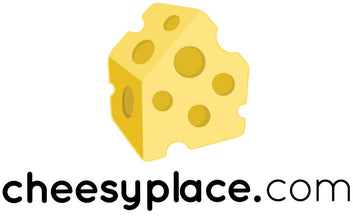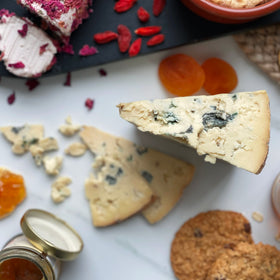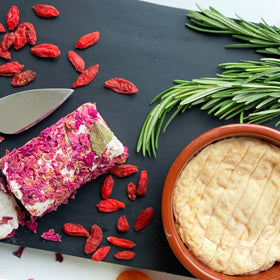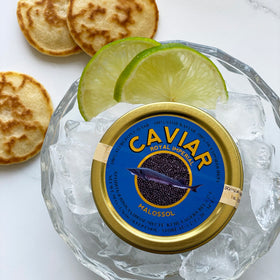
Exploring the World of Blue Cheese: From Roquefort to Gorgonzola
Blue cheese is a type of cheese that is characterized by its blue or blue-green veins of mold. It is a popular cheese variety that is enjoyed all over the world. Blue cheese comes in many different varieties, including Roquefort, Stilton, Gorgonzola, and many others.
One of the most popular types of blue cheese is Roquefort. This French cheese is made from sheep's milk and is aged in natural caves. It has a strong, tangy flavor and a creamy texture. Roquefort is often crumbled and used as a topping for salads or mixed into dressings.
Another popular blue cheese is Stilton. This English cheese is made from cow's milk and is characterized by its blue veins and crumbly texture. Stilton has a milder flavor than Roquefort and is often used as a dessert cheese or as a topping for crackers.
Gorgonzola is another type of blue cheese that is enjoyed all over the world. This Italian cheese is made from cow's milk and is characterized by its blue-green veins of mold and creamy texture. Gorgonzola has a tangy, slightly sharp flavor that can range from mild to strong, depending on the age of the cheese. It is often used in pasta dishes, salads, and as a topping for pizza. Gorgonzola can also be enjoyed on its own, accompanied by crackers or a glass of wine.
Blue cheese is made by adding mold cultures to milk during the cheese-making process. The cheese is then pierced with needles to allow air to flow through the cheese, which promotes the growth of the mold. The mold cultures used to make blue cheese are typically Penicillium roqueforti, Penicillium glaucum, or Penicillium camemberti.
Blue cheese is a rich source of calcium, protein, and other essential nutrients. It also contains probiotics, which are beneficial bacteria that promote digestive health. Blue cheese is a good choice for people who are lactose intolerant, as the mold cultures used to make the cheese break down lactose during the aging process.
When it comes to pairing blue cheese with food and drinks, there are many options. Blue cheese pairs well with red wine, particularly full-bodied varieties such as Cabernet Sauvignon, Merlot, and Syrah. Blue cheese also pairs well with port and other dessert wines.
For those who prefer beer, blue cheese pairs well with strong, hoppy beers such as India Pale Ales and Belgian ales. Blue cheese also pairs well with fruit, particularly apples, pears, and figs. Blue cheese can be crumbled and used as a topping for salads or mixed into dressings. It can also be melted and used as a sauce for pasta dishes or as a topping for burgers.
In terms of storage, blue cheese should be kept in the refrigerator in an airtight container. It is best to store blue cheese in a separate container from other cheeses, as the mold cultures can spread to other cheeses and affect their flavor. Blue cheese should be consumed within a week or two of opening.
Blue cheese is a delicious and versatile cheese that is enjoyed all over the world. Whether you prefer Roquefort, Stilton, Gorgonzola, or another variety, blue cheese is a great choice for cheese lovers. Blue cheese is a good source of calcium, protein, and other essential nutrients, and it also contains probiotics that promote digestive health. When it comes to pairing blue cheese with food and drinks, there are many options, from wine and beer to fruit and salads. With its rich flavor and creamy texture, blue cheese is sure to be a hit with cheese lovers everywhere.





Leave a comment